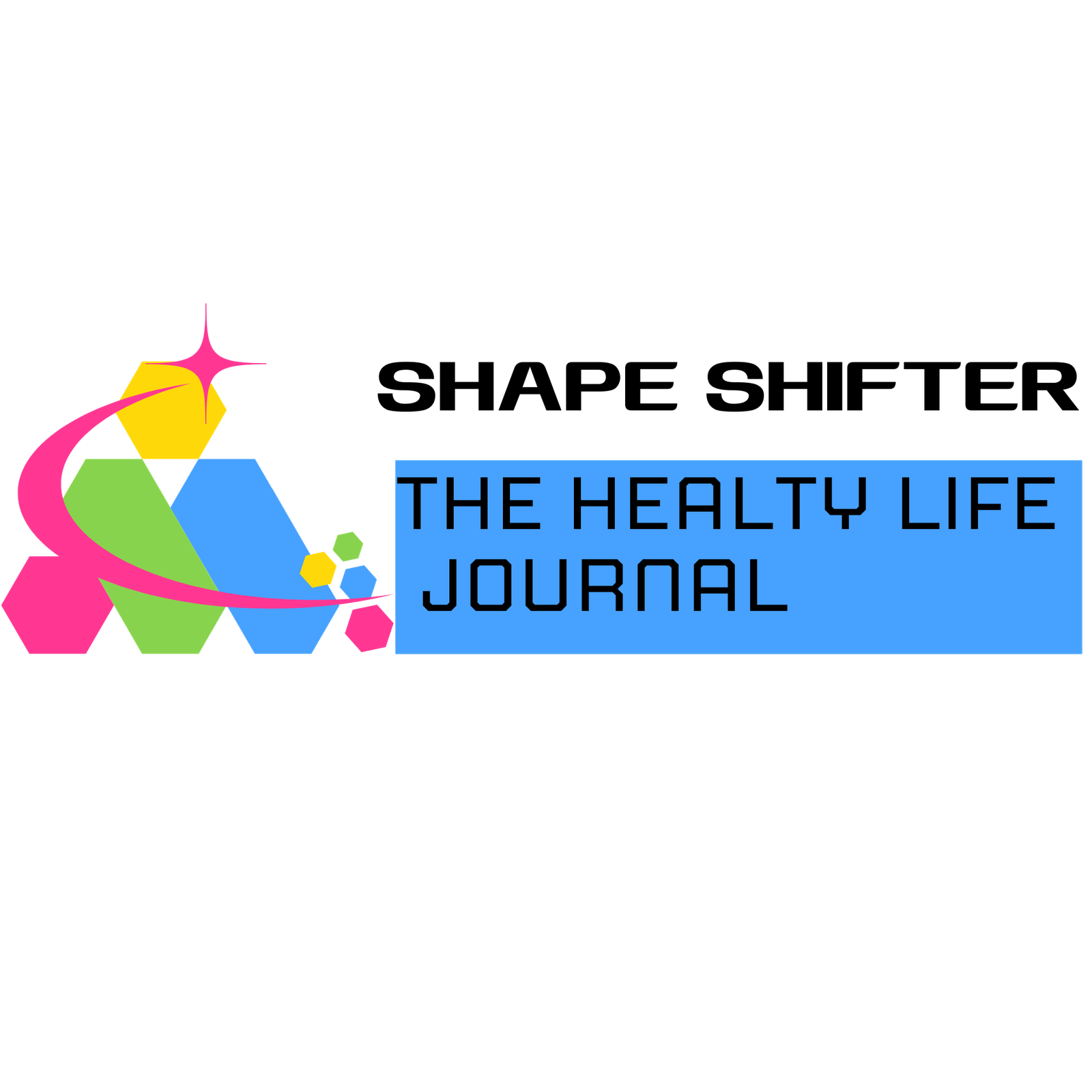10 Best Ways to Speed Up Post-Workout Recovery
10 Best Ways to Speed Up Post-Workout Recovery
We’ve all been there—pushing through an intense workout, feeling strong and accomplished, only to wake up the next day with muscles so sore that even walking hurts. While muscle soreness is normal, prolonged recovery can slow down your progress and make workouts feel like a chore.
The good news? You can speed up post-workout recovery with simple, science-backed strategies. Whether you’re a gym enthusiast, a weekend warrior, or just getting started, these 10 best ways will help your body bounce back faster.
Why Recovery Matters
Before diving into the tips, let’s talk about why recovery is so important. When you exercise, especially strength training or high-intensity workouts, you create tiny tears in your muscle fibers. This is normal—it’s how muscles grow stronger. But without proper recovery, those tears don’t heal efficiently, leading to fatigue, soreness, and even injury.
Think of recovery like charging your phone. If you keep using it without giving it time to recharge, it’ll eventually drain completely. Your body works the same way!
1. Hydrate, Hydrate, Hydrate
Water isn’t just for quenching thirst—it’s essential for muscle repair. Dehydration slows down recovery by reducing blood flow to your muscles, making it harder for nutrients to reach them.
Pro Tip:
– Drink water before, during, and after your workout.
– For intense sessions, consider an electrolyte drink to replenish lost minerals.
Ever notice how your muscles cramp when you’re dehydrated? That’s your body’s way of saying, “Hey, I need more fluids!”
2. Fuel Up with the Right Nutrients
Eating the right foods after a workout is like giving your body the building blocks it needs to repair itself. Focus on:
- Protein: Helps rebuild muscle (think chicken, eggs, or plant-based options like lentils).
- Carbs: Replenish glycogen stores (sweet potatoes, quinoa, or fruit are great choices).
- Healthy fats: Reduce inflammation (avocados, nuts, and olive oil are excellent).
A post-workout smoothie with protein powder, banana, and almond butter is my go-to—quick, easy, and packed with recovery-boosting nutrients.
3. Prioritize Sleep
Sleep is when the magic happens. During deep sleep, your body releases growth hormones that repair tissues and reduce inflammation. Skimping on sleep? You’re shortchanging your recovery.
Aim for:
– 7-9 hours of quality sleep per night.
– A consistent sleep schedule (even on weekends).
If you’ve ever pulled an all-nighter and felt like your muscles were made of lead the next day, you know how crucial sleep is!
4. Stretch and Foam Roll
Static stretching after a workout helps improve flexibility and reduce stiffness. But for deeper recovery, grab a foam roller.
Why foam rolling? It’s like giving yourself a deep-tissue massage, breaking up knots and improving blood flow to sore muscles.
- Roll slowly over tight areas (quads, hamstrings, calves).
- Hold on tender spots for 20-30 seconds.
Trust me, it hurts so good!
5. Try Active Recovery
Sitting on the couch all day after a tough workout might sound tempting, but light movement actually speeds up recovery.
Great active recovery options:
– Walking
– Swimming
– Yoga or Pilates
Think of it like oiling a squeaky hinge—gentle movement keeps everything flowing smoothly.
6. Ice or Heat Therapy
Not sure whether to use ice or heat? Here’s a simple rule:
- Ice: Best for acute pain or swelling (use within 48 hours of injury or intense soreness).
- Heat: Great for chronic stiffness (like tight shoulders or lower back pain).
I keep a gel ice pack in my freezer for post-leg day—game changer!
7. Take a Cold Shower or Ice Bath
If you’re feeling brave, cold therapy can reduce inflammation and muscle soreness. Even a 30-second cold shower at the end of your routine can help.
Bonus: It also boosts circulation and energy levels.
8. Stay Consistent with Rest Days
Overtraining is a real thing. Pushing yourself every single day without rest leads to burnout and injuries.
How often should you rest?
– 1-2 rest days per week (listen to your body).
Remember, rest days aren’t lazy days—they’re growth days!
9. Massage or Use a Percussion Gun
Massages aren’t just a luxury—they help loosen tight muscles and improve blood flow. If you can’t book a massage, a percussion gun (like Theragun) works wonders.
10. Listen to Your Body
This might be the most important tip. If you’re exhausted, take a break. If a muscle feels strained, don’t push through pain. Your body knows best!
Final Thoughts
Recovery isn’t just about feeling less sore—it’s about performing better, staying injury-free, and enjoying your workouts long-term. Try incorporating a few of these strategies and notice the difference.
Which tip will you try first? Let me know in the comments!
